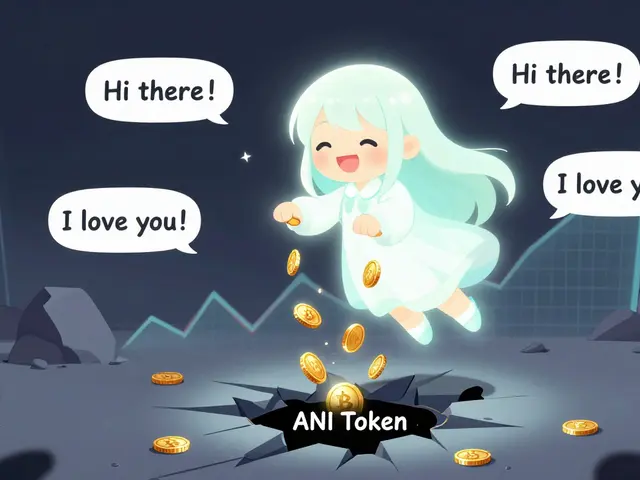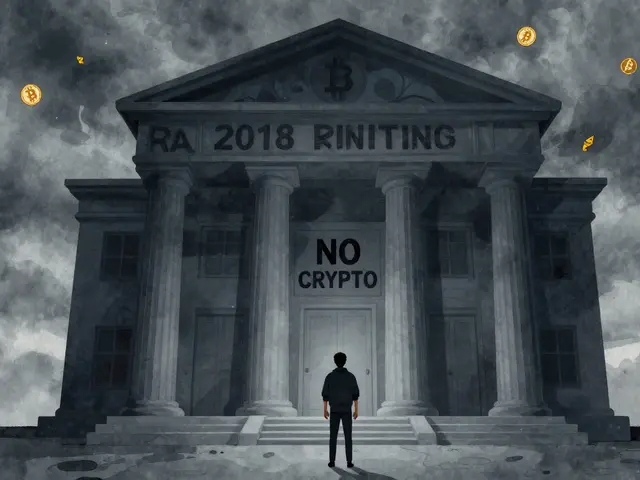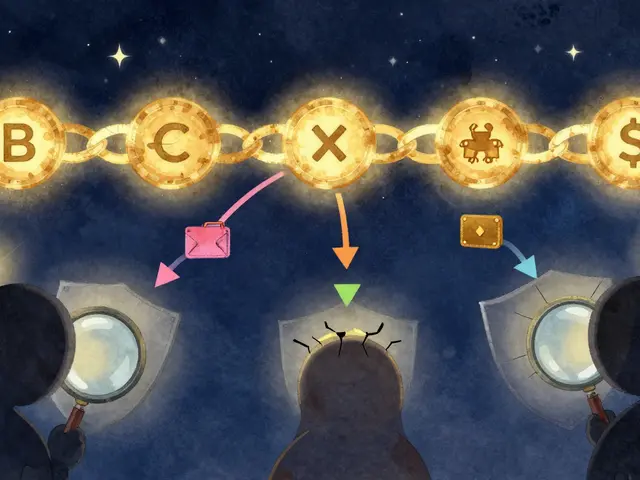Zero Fee DEX – Trade Crypto Without Paying Fees
When you hear zero fee DEX, a decentralized exchange that lets you swap tokens without charging a transaction fee. Also known as fee‑free DEX, it runs on smart contracts instead of a central order book, which means you keep more of your crypto. Zero fee DEX platforms aim to remove the cost barrier that stops many users from trading small amounts.
How Zero Fee DEXs Fit Into the Bigger Crypto Landscape
The concept of a zero fee DEX is tightly linked to the broader idea of a decentralized exchange, a peer‑to‑peer trading venue that operates without a custodian. A decentralized exchange relies on an automated market maker (AMM), a smart‑contract algorithm that sets prices based on token reserves. Because the AMM handles pricing, users don’t pay the traditional maker‑taker fees you see on centralized platforms. Instead, the protocol may cover gas costs or subsidize trades with native token incentives. Liquidity providers (LPs) are the engine behind any AMM‑based DEX. When LPs lock equal values of two tokens into a pool, they earn a share of the protocol’s revenue – often in the form of the platform’s native token. In a zero fee DEX, the LP rewards replace the usual transaction fees, creating a balance where traders pay nothing and LPs earn something. This relationship creates a virtuous cycle: more LPs mean deeper liquidity, which attracts more traders, which in turn boosts LP earnings. One real‑world example is Uniswap V4, the latest version of the popular Ethereum DEX that introduces hook contracts to reduce gas and potentially enable fee‑free swaps. While Uniswap still charges a small protocol fee by default, V4’s modular design lets developers launch fee‑free sub‑pools for specific token pairs. Another notable platform is PancakeSwap, a Binance Smart Chain DEX that has experimented with zero‑fee promotions for new token launches. These experiments show that zero fee DEXs aren’t just theory – they’re being tested in live environments. The rise of zero fee DEXs influences how crypto traders think about costs. Previously, a $5‑$10 gas fee could wipe out profits on small trades. Now, with fee‑free options, even micro‑traders can participate without worrying about hidden costs. This shift also pressures centralized exchanges to rethink their pricing models, leading to promotional “no‑fee” periods and more competitive spreads. However, a fee‑free model brings trade‑offs. Without direct transaction fees, protocols must rely on other revenue streams, such as token emissions, staking incentives, or on‑chain advertising. Users should watch for token dilution or high price impact when pool depth is shallow. Understanding the tokenomics behind each zero fee DEX helps you assess whether the platform’s incentives align with your trading goals. In practice, getting started with a zero fee DEX is simple. Connect a Web3 wallet, pick a fee‑free pool, swap the tokens you need, and watch the transaction confirm without a fee line in your receipt. Most wallets now display a clear “fee‑free” badge, making it easy to spot the right pools. Below you’ll find a curated set of articles that dive deeper into specific zero fee DEX projects, compare their AMM designs, explain how liquidity providers earn, and show real‑world use cases. Whether you’re looking for a fee‑free swap, want to become an LP, or just curious about the future of cost‑less crypto trading, the collection has you covered.
QuickSwap V3 (Manta) Review: Zero‑Fee DEX on the Manta Network
A deep dive into QuickSwap V3 (Manta), the zero‑fee DEX on Manta Network. Learn about fees, liquidity, wallet setup, rewards, traffic data and risks before you trade.





